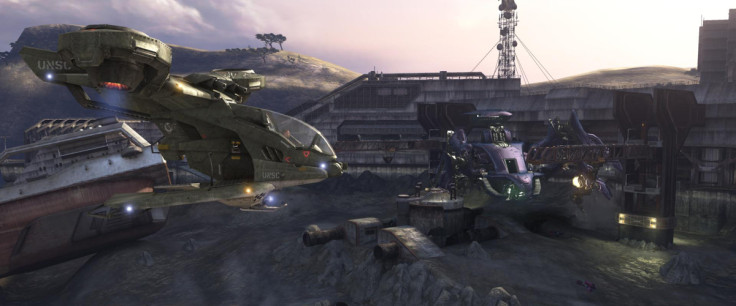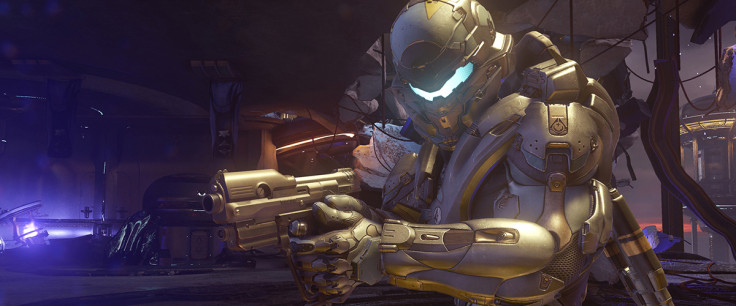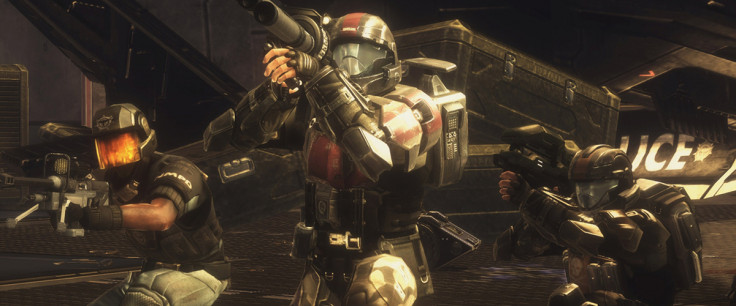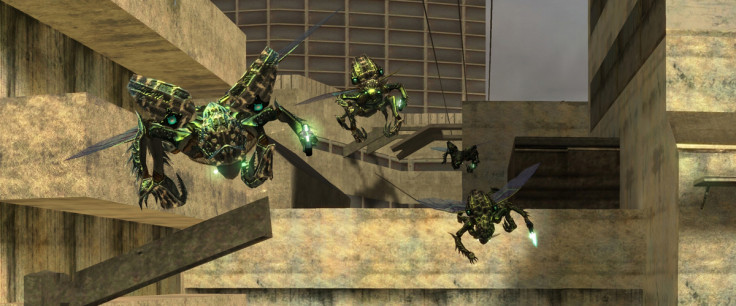Ranking the Halo games from Combat Evolved to Halo 5: Guardians

After a long wait, Halo 5: Guardians is finally in the hands of Xbox One owners around the world. Reviews have been positive, with most agreeing that it's a big step up from Halo 4, but where does it rank among the rest of the sci-fi series?
From best to worst – skipping remasters, remakes and Halo Wars – we've ranked the seven core Halo titles.

1) Halo 3
Arguably the only Halo game to fully live up to the hype, Halo 3 had the world in the grip of feverish anticipation since its announcement trailer, which promised fans they would finally be able to "finish the fight". And finish it they did, in epic style.
Large open levels, fun combat mechanics and a robust multiplayer are three factors that underpin the success of the Halo series and so far no game has better encapsulated that than Halo 3.
It was classic Halo imbued with a sense of drama and scale thanks to its position as the end of that first trilogy. It also had two of the series' standout moments – both involving enormous Covenant Scarab tanks.
Let's just ignore the Cortana level.

2) Halo: Combat Evolved
Bungie's original Halo has aged extremely well, and remains distinct in the FPS market. It does show the signs of its age and The Library remains an awful low-point for the entire series, but that blip is easily overshadowed by such amazing levels as Halo, The Silent Cartographer, Two Betrayals and Assault On The Control Room.
Combat Evolved is where it all began, and its freshness 14 years on proves there's strength and potential for the series to reach the same heights again and even improve.

3) Halo Reach
Bungie's final Halo was a prequel, depicting the fall of Reach and the start of the war that put humanity on the back foot and killed off most of the Spartan programme. This was the second Master Chief-free game in the series, instead giving players the chance to play a custom Spartan of their own.
It's very different to any other Halo game, with its muted colour pallet and concise story that was more war movie than space opera. There are traces of Bungie's next project, Destiny, here too, which makes it an interesting game to return to. Of course, it doesn't rank up here for simply being interesting – it's here because Reach is one of the most well-rounded, consistent and individual Halo games.

4) Halo 5: Guardians
343 Industries' second Halo game is worthy of its company at the top of this list. It's clear that 343 understands Halo and what makes it tick – giving a focus to the co-op play that made Halo 3 a delight and introducing more open levels, the kind of which Halo 4 lacked. It has spectacle in spades and a story that sets everything up nicely, but there are problems. The plotting could be tighter, more focused on what it sets out to accomplish, and one enemy type – the boss-like Warden – is a fun-vacuuming bullet sponge.
However, when the pieces fall into place Guardians has many highlights. The opening level is a bombastic introduction, the Sanghelios portion of the game is wonderful, there's an excellent "vertical" set-piece at the start of the final act and the final mission is a blast. If 343 continues to iterate as well as they did between 4 and 5, Halo 6 could be special.

5) Halo 3: ODST
ODST loses marks for its brevity, but like Reach it is a very different Halo game. It was the first to not star Chief, focusing instead on a small group of human Orbital Drop Shock Troopers (ODSTs) defending the city of New Mombasa during the Covenant invasion of Earth.
It shook up the Halo formula up by introducing an open-world hub around which the player explored, finding objects that triggered more traditional flashback missions. While the open world is fairly bland and empty, it did have an oppressive and dark atmosphere. Halo also introduced the horde mode Firefight, which is among the very best horde modes out there.

6) Halo 4
343's debut brought back Master Chief, after a five-year absence, to set up a new story called the Reclaimer Trilogy. The studio, which had been granted control of the series after Bungie's departure, stamped its authority on the series in a number of ways.
Unfortunately, the main way it did so fell flat. The new enemy type, the Prometheans, were a chore to fight against – displaying poor design only accentuated by encounters with the classic Covenant foes. Thankfully, this has been rectified in Halo 5.
The multiplayer was strong, however (Exile might be my favourite Halo multiplayer map) and in Spartan Ops, 343 tried to innovate. It may not have worked to the level the studio had hoped, but it was an admirable attempt.

7) Halo 2
Halo 2 was a big disappointment after Combat Evolved, but it was saved by its excellent multiplayer – which made it a mainstay of Microsoft's online servers for years to come. The campaign is a little lax, in large part due to a troubled development, but being the worst Halo doesn't mean Halo 2 is a bad game by any stretch.
For all the latest video game news follow us on Twitter @IBTGamesUK.
© Copyright IBTimes 2024. All rights reserved.






